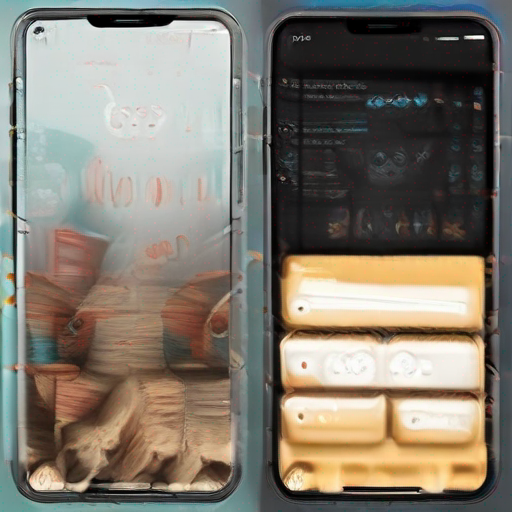Developing Apps with GPT-4 and ChatGPT: Leveraging AI for Next-Generation Software Creation
The world of software development is on the cusp of a revolution. The advent of Generative Pre-trained Transformers 4 (GPT-4) and its conversational counterpart, ChatGPT, has opened up new avenues for creating next-generation applications. These cutting-edge AI models have the potential to transform the way we design, develop, and deploy software solutions. In this article, we'll delve into the world of developing apps with GPT-4 and ChatGPT, exploring their capabilities, limitations, and potential applications.
What are GPT-4 and ChatGPT?
For those unfamiliar, GPT-4 is a type of AI model designed for generating human-like text. It's trained on massive datasets to learn patterns, relationships, and nuances in language. This enables it to generate coherent and context-specific text that can be used for various applications, such as chatbots, content generation, and even software development.
ChatGPT, on the other hand, is a conversational AI model built on top of GPT-4. It's specifically designed for human-computer interaction, allowing users to engage in natural-sounding conversations with the AI system. This technology has the potential to revolutionize the way we interact with machines and opens up new possibilities for developing intelligent systems.
How can GPT-4 and ChatGPT be used in app development?
The capabilities of GPT-4 and ChatGPT make them ideal for various stages of software development:
- Code generation: With GPT-4, you can generate code snippets or even entire applications based on specific requirements or templates.
- API integration: Use ChatGPT to integrate APIs with other systems, allowing for seamless data exchange and automation.
- User interface design: Leverage ChatGPT's conversational abilities to create intuitive user interfaces that respond to natural language inputs.
- Error detection and correction: Employ GPT-4 to identify errors in code and provide suggested corrections or improvements.
Benefits of using GPT-4 and ChatGPT in app development
- Faster development: By automating repetitive tasks and generating code snippets, you can accelerate the development process.
- Improved accuracy: AI models like GPT-4 and ChatGPT are less prone to errors than human developers, ensuring higher quality software.
- Enhanced user experience: Natural language interfaces and conversational UIs enabled by ChatGPT can lead to more intuitive and engaging user experiences.
Challenges and limitations
While the potential of GPT-4 and ChatGPT is immense, there are some challenges and limitations to consider:
- Data quality and bias: The quality of training data and potential biases can impact the accuracy and fairness of AI-generated code.
- Explainability: It's crucial to ensure that AI-generated code is transparent and explainable, as it may be difficult for humans to understand the decision-making process.
- Security concerns: As with any AI-powered technology, there are concerns about security, data privacy, and potential vulnerabilities.
Real-world applications
GPT-4 and ChatGPT have numerous real-world applications across various industries:
- Healthcare: Use GPT-4 to generate medical records or chatbots for patient engagement.
- Finance: Employ ChatGPT to create conversational interfaces for customer support or portfolio management.
- Education: Leverage GPT-4 to generate educational content, such as interactive lessons or study guides.
Key Takeaways
- GPT-4 and ChatGPT are powerful AI models that can revolutionize software development.
- These technologies have the potential to accelerate development, improve accuracy, and enhance user experience.
- However, data quality, bias, explainability, and security concerns must be addressed to ensure successful adoption.
Comparison Table: GPT-4 vs. ChatGPT
| | GPT-4 | ChatGPT |
| --- | --- | --- |
| Primary Function | Code generation and content creation | Conversational AI for human-computer interaction |
| Training Data | Massive datasets of text | Conversational data, user interactions |
| Capabilities | Generates coherent text, can be used for various applications | Enables natural-sounding conversations, ideal for chatbots and UI design |
| Limitations | May require additional training or fine-tuning | Requires conversational data for optimal performance |
Conclusion
The advent of GPT-4 and ChatGPT has the potential to transform software development. By leveraging these AI models, developers can accelerate the development process, improve accuracy, and enhance user experience. While there are challenges and limitations to consider, the benefits of using GPT-4 and ChatGPT in app development make them an exciting area to explore.
Check this out: For more information on how AI-powered software development tools like GPT-4 and ChatGPT can revolutionize your workflow, visit https://keywordjuice.com/ and discover the latest insights and trends in the world of app development.
